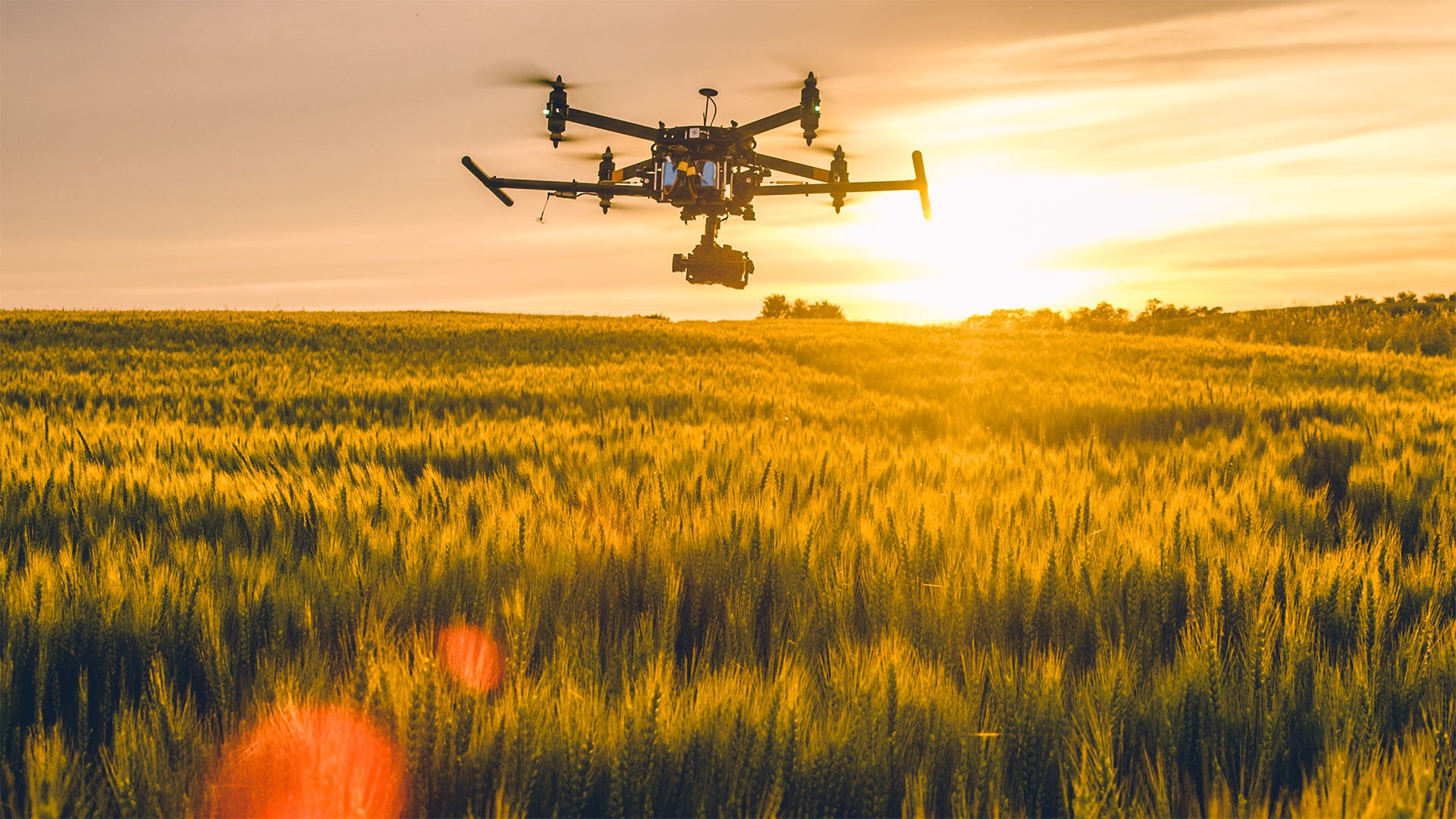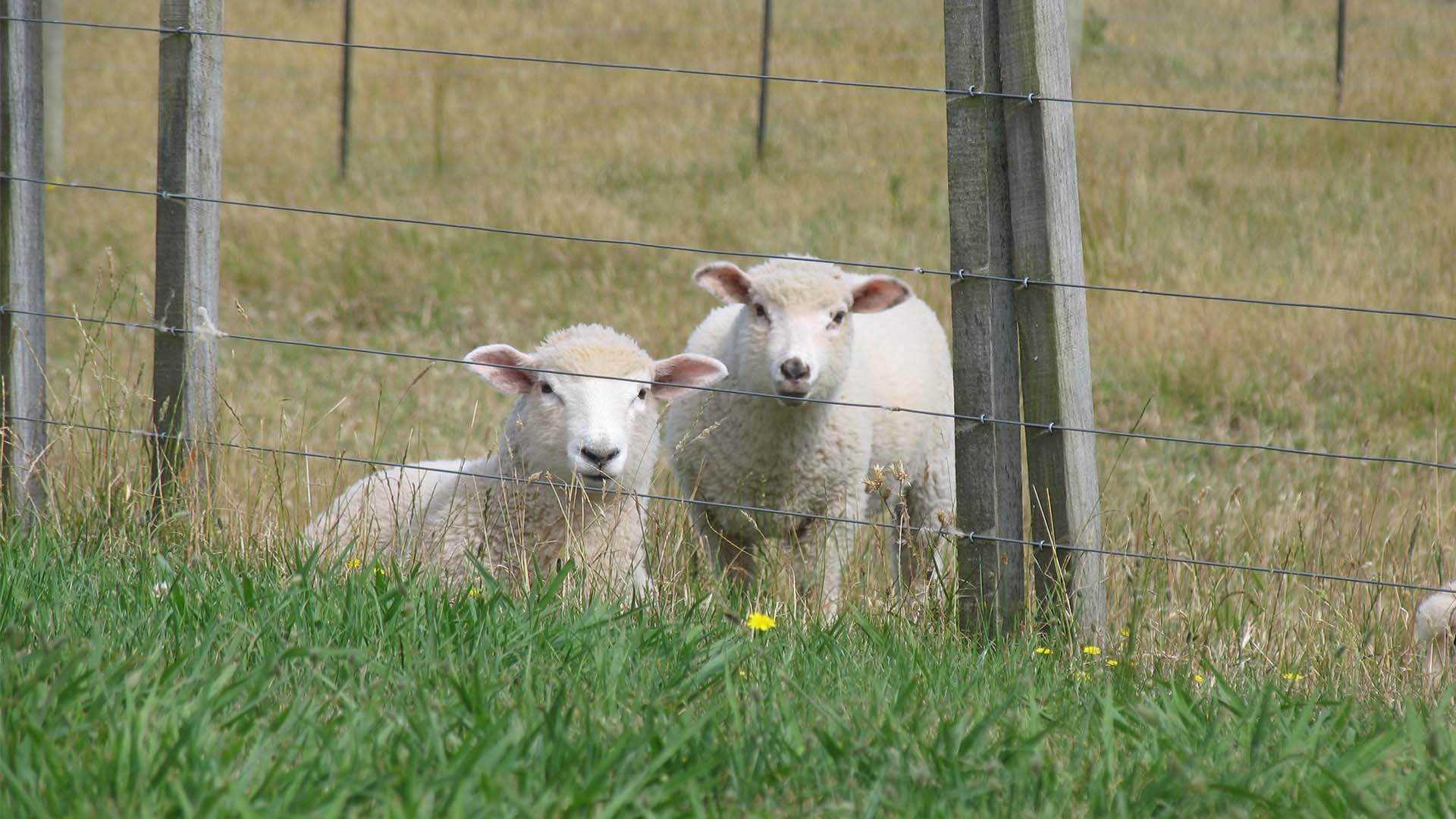
The mention of the word “drone” seems to conjure images of flying attack vehicles raining down fire and pain amidst the land. Or lately, it may bring a softer image of the idea of nicely packaged Amazon deliveries swooping down at your door. Another image that is starting to become a more popular and useful association to the word “drone” is agriculture.
That’s right, new world technology meets old school farming. Back in the day, farms were smaller and it was easy for a farmer to walk the farm and check the crops. Now, the farms and crops are massive and hard to manage efficiently. Because of the massive amounts of land famers may not know what the leaves of their crops look like, or the color of the soil, or notice changes in height and texture. That’s where drones come in.
Crop Surveillance/Aerial Imaging
There is an endless possibility for drone use in agriculture, but one option seems to be making some real progress. Crop surveillance can give a better perspective of crops to farmers while minimizing the cost of walking the fields or getting an airplane to do fly-over filming. Drones can fly cheaply at low altitudes, and can get detailed images of the crops. They also have GPS coordinates for each image, which are extremely precise. Louisiana State University’s AgCenter has started testing the possibility of using the unmanned drones for agriculture to help farmers monitor their crops from above.
Possible Benefits
- Eliminate Problems Earlier: With the help of these drones, farmers could control problems in a timely fashion
- Save Time: Scouting crops is an important part of farming, but few farmers have time to actually do it on foot, and planes and fuel are expensive. Drones could eliminate the need for those methods.
- Easy Use: Drones can be complex, but many of the ones currently in use by farmers are built more like model airplanes.
- Cost: Drones are inexpensive to fly.
- Crop Health: Images taken from the drones can show the true color, size, quality, and height of your crops.
Privacy Concerns
Many people are concerned that drones will be used to encroach their personal privacy. As of now, the Federal Aviation Administration does not allow drones in commercial use. Certificates and permits must be acquired for businesses and researchers to use them. The LSU AgCenter is applying for a special FAA permit in order to continue their research. Public agencies, like law enforcement, and other governmental agencies are allowed by the FAA to obtain certificates of authorization to use drones in civil airspace. Because of this, more and more drone privacy bills are being introduced in most states.
The Future of Agriculture
The FAA is set to have regulations in place for the use of drones in domestic airspace by 2015. This could revolutionize agriculture and strengthen its economy. Soon enough you could be seeing drones flying over crops taking images, spreading fertilizer, watering crops, and more.
For more information on how drones can be used for agriculture, you can check out this interview the CEO of 3D Robotics did with the Wallstreet Journal.



